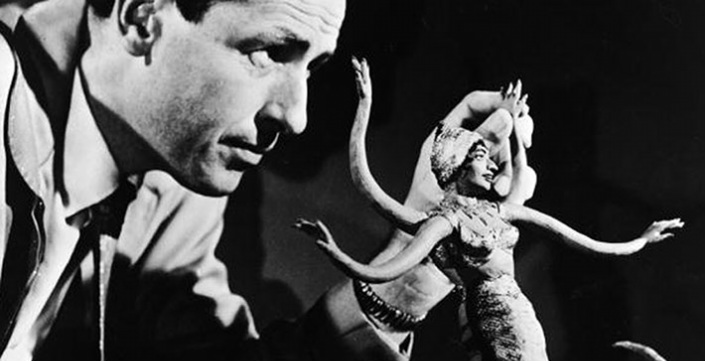Much of the demand for these hands-on effects (called practical effects) has dwindled in recent years thanks to the increased power of computers, innovations in rendering software, the recent push by studios to convert to 3D, and the success of films like Avatar, which saw audiences embrace entire CGI worlds. However, those who are still working in practical effects (and those who choose to utilize them in their films for budgetary or other reasons) have become champions of their fields, insisting that something tangible is lost to the audience when CGI replaces effects that can be pulled off with real actors and set pieces.
For example, last year’s The Impossible shot all of its major flood effects in tanks and on sound stages using scaled models of the resort in Thailand. The decision was made for them by budget cuts (which reveals how expensive computer effects are, if a tank the size of a football field is cheaper), but director J.A. Bayona was later thankful to work with practical effects because of the shooting environment it created. Naomi Watts said of her one month in the tank with Tom Holland, who played her son, “Although it was very difficult, I’m glad that we weren’t on a green back drop with arms flailing; it would have been a very different performance.”
The Amazing Spider-Man’s stunt coordinator Andy Armstrong was thrilled when director Mark Webb agreed to forgo CGI where possible. Andrew Garfield was more than up to the challenge of getting in the right physical shape for his stunts, and much of what is seen on screen is him fighting, running, jumping, or hanging from a subway train ceiling. Comparitavely, Sam Raimi’s Spider-Man (2002) used a CGI Spidey for many of the flying shots, whereas Armstrong insisted that the mechanics of an actual stuntman flying through that arc would be more believable.


 RSS Feed
RSS Feed
